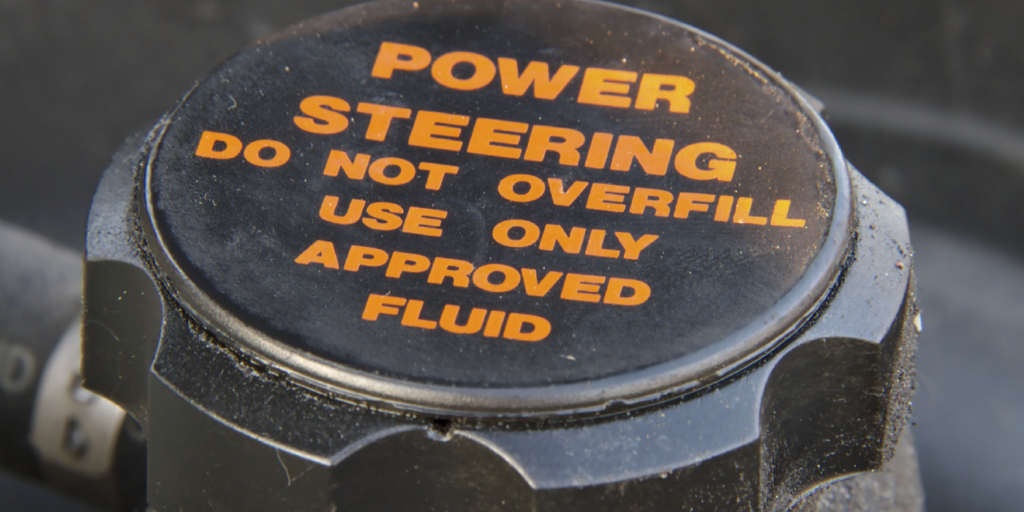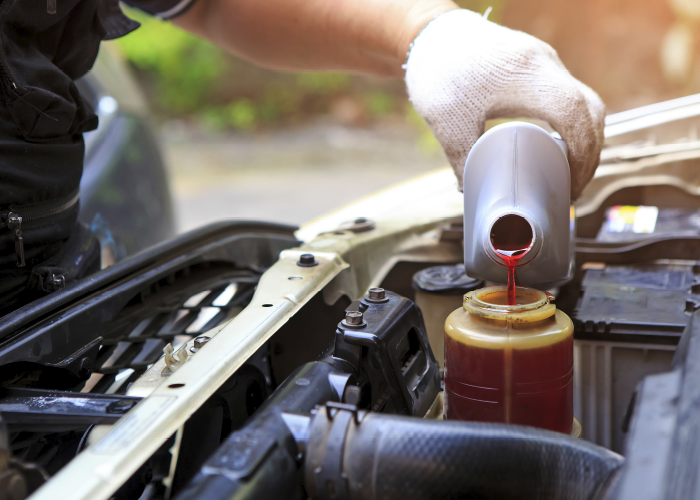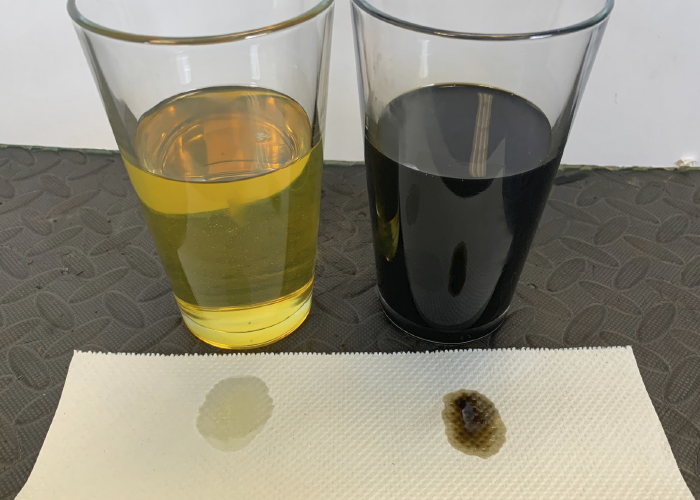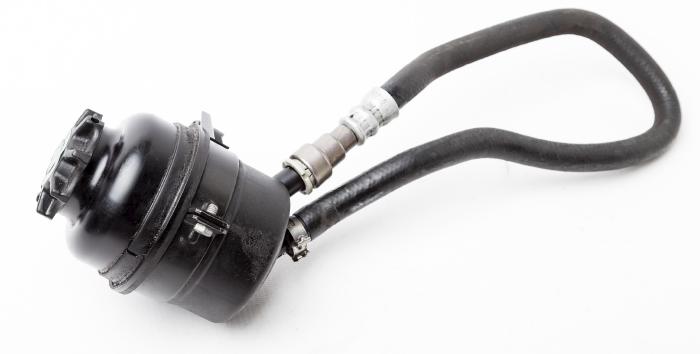Many technicians and OEMs have different procedures that focus on the power steering reservoir and the supply and return lines. While this is a sound approach, you also need to think about the pump and rack.
The typical approach is to drain the reservoir using a pump or remove the return or supply line. The next step is top off the fluid, start the engine and move the steering lock to lock. If the fluid is still contaminated, repeat the process.
This method can work, but if the pump or rack is new, pockets of air can damage the new components. Look at the procedures in the service information for the proper technique to bleed the power steering system for the vehicle. You will find there is a wide variety of methods, precautions and tools.
Since the dawn of power steering, one piece of advice given by most service manuals is to look, listen and even smell. First, you should look at the condition of the fluid. If it is dark or contains contaminates like small black particles, chances are a hose has failed internally. If the system is making noise, it is air cavitating in the pump or rack and damaging the components. Smelling the fluid can give you an indication of the condition of the fluid and system health.
One precaution given by many OEMs is to not immediately start the engine and flushing procedure. Instead, GM, for example, recommends turning the steering lock to lock with the engine off. Others recommend disabling the fuel or spark and cranking the engine to prime the pump and rack. Chrysler recommends putting the system under a vacuum to remove any air and pull fluid through the system and up to the pump. Other OEMs may have similar recommendations.
Most OEM service procedures advise lifting the front wheels. This is not to make the reservoir the highest part of the engine bay. The reason for lifting the front wheels is it puts less stress on the power steering pump.
Conventional power steering racks have a spool valve, which is sensitive to the torque being applied to both the steering wheel and the resistance to the tires under the weight of the vehicle. When the spool valve has torque applied to it, the openings get larger to apply more hydraulic force. This makes the pump work harder to generate more volume and pressure. This also creates heat. If the pump is dry or has air pockets, the cavitation can damage the vanes and housing. Most will say to go slow when turning the steering wheel. The number of lock-to-lock turns that need to be performed can range anywhere from five to 20.
Most OEMs recommend inspecting the power steering hoses. Most hose failures occur from the inside and work their way out. When a hose fails, it breaks down, typically due to heat and contaminated fluid. Small pieces of hose from the inner liner can break off into the fluid. Loss of power steering can cause an accident – and the power steering fluid is highly flammable. When it ignites, it is difficult to extinguish. Inspection of the lines is essential, and any leak should not be taken lightly. Any abrasions, bulges or irregularities in a hose are criteria for replacement.
Another piece of advice given by some OEMs and replacement part manufacturers is to clean or even replace the reservoir. Some reservoirs can hold debris in the bottom and can recirculate once the system reaches operating temperature. Other systems have screens inside the reservoir that can clog and cause a restriction in the system. Replacement reservoirs can be cheap insurance against a future failure your shop might have to warranty.
Another often missed repair when replacing a power steering pump and fluid is ignoring the belt drive system. Many pumps fail because the belt tensioner was not replaced. Most tensioners are more than just a spring. Most tensioners have a dampener mechanism inside or connecting to the arm. This dampener prevents wild movement of the tensioner’s arm and pulley. The tensioner dampener is a sacrificial part that will wear out over time. When it does, this is when rapid changes in the belt tension occur. This puts extra stress on the pump’s seals and bearings.


















